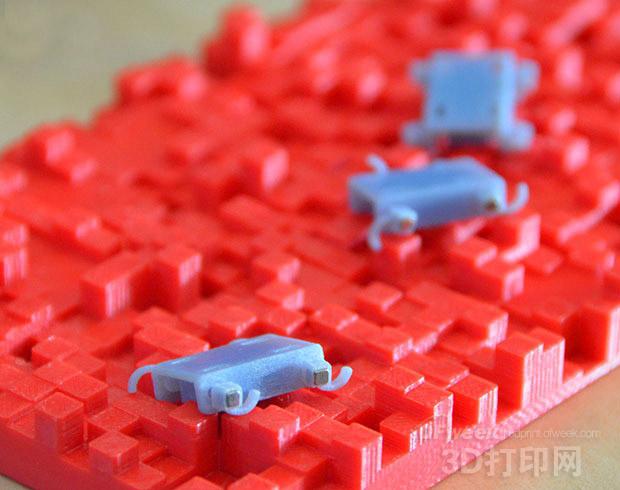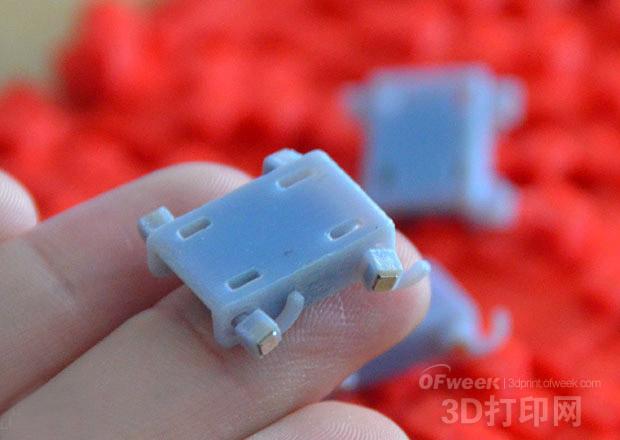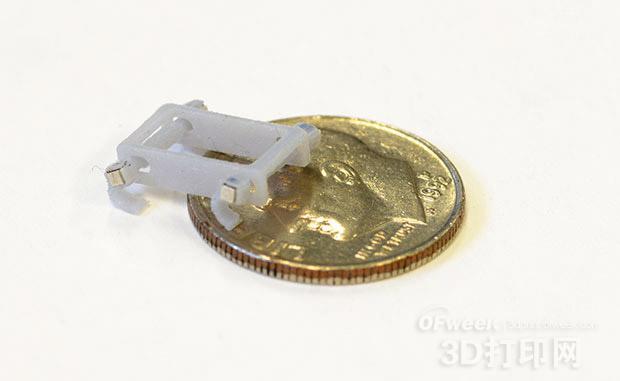I wonder if you noticed that in nature, most insects are quite small, but this does not prevent them from occupying the entire planet. Robotics experts have been trying to make small robots that are comparable in size to ordinary insects. But strictly speaking, these robots are still relatively large, almost the size of giant beetles or moths. Most insects are much smaller than this. The difference in body shape means that the way they experience the world is very different, so it is much more difficult to study it effectively.
At the World Robotics and Automation Conference (ICRA) held last month, Professors Ryan St. Pierre and Sarah Bergbreiter from the University of Maryland presented a gait feature on a magnetically driven footed robot weighing less than 2 grams. paper. Opened the door for a more in-depth study of micro-robots.

In fact, since 2009, robots with a coin size and weight of only a few grams have emerged. In 2009, the University of California at Berkeley showed its 2.4-foot 6-foot autonomous crawler (RoACH); a few years later, Harvard's miniature walking robot (HAMR) reduced the number of legs to four, while quality Only 1.7 grams. However, these tiny robots are cool, but most of them are designed for existence. That is to say, it is good to take a few steps, and it is impossible to conduct experimental tests for small robot dynamics.
In order to find the best gait that best fits this very small footed robot, Ryan St. Pierre's original plan was to create a wheel-legged hexapod robot like RHex and then reduce its size. According to Tiangong, the advantage of RHex is that each leg can be independently controlled, so it is easy to carry out experiments in various asynchronous states. But at first the small RHex robot didn't perform well because its legs were often locked together, so Ryan removed the two legs in the middle and turned it into a wheel-legged 4-foot robot. It is worth mentioning that the entire robot is printed in 3D and does not need to be assembled. Once printed, you only need to mount the motor on it and it will walk.
Because these robots are too small (each quadruped robot is only 20 mm long, 5.6 mm high and weighs about 1.6 grams), traditional motors and batteries cannot be used. In contrast, the robot is primarily driven by the magnetic force generated by an external magnetic field. Specifically, each robot's leg root is implanted with a 2 mm neodymium magnet block. When you rotate a huge magnet at a distance close enough to the robot, the rotating magnetic field rotates these small magnets, which in turn drives the robot. Legs. By changing the direction of the leg dipoles of the legs and making different combinations, the robot can be moved in different gaits, such as trotting, swinging like a duck, bouncing and pronging:

On a flat surface, the four-legged gait driven by 10 Hz can reach an average maximum speed of 78 mm/sec, which is nearly four lengths per second. The other four-legged jump has also proven to be the best performing gait on a moderately rugged terrain, but as the ruggedness increases, other gaits perform better.
“We already know more about gait dynamics, such as the more the body tilts back and forth as it moves, the more efficient it is when it crosses rugged terrain, but on flat terrain it will be more Slow," Ryan said.
Ryan said that with the help of 3D printers , he could create a large number of such micro-robots in one step, and the accuracy was very high, which greatly accelerated his research process. Moreover, as long as the small magnet can be installed, he can make the robot smaller, please see the following picture:

This is a dime-sized, 100-mg quadruped robot, but it doesn't make any difference to those larger robots, so these robots don't get smaller for any reason. Ryan said: "To make the robot as small as possible is always an interesting challenge. Currently, I am making a robot that uses the same design, but only 2.5 mm long, an order of magnitude smaller than what we showed on ICRA. Robots can do what we couldn't imagine before."
Zhejiang Lamon Technology Inc. , https://www.baby-chaires.com